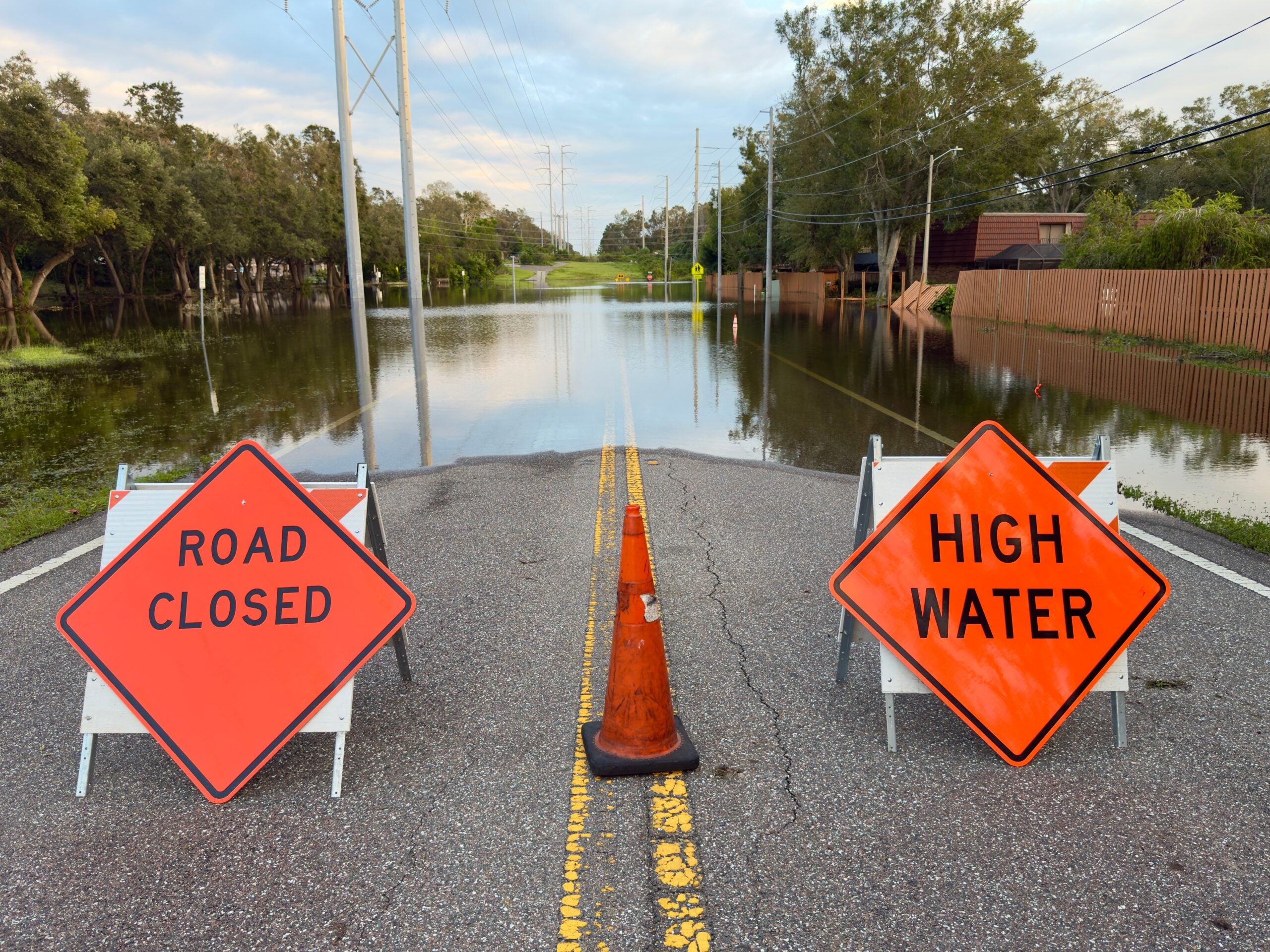Healthcare, cities, and climate change: Challenges and opportunities

Cities and health care systems can protect residents and patients when they collaborate on climate resilience plans.
Health care institutions serve on the frontlines of climate and health surveillance, preparedness, and response, while urban policymakers and planners play an essential role in creating climate-ready communities, infrastructure, and policies. Although these entities often work in silos, they can strengthen climate resilience and improve health in their communities by collaborating on strategies to achieve climate readiness.
In this article published by the Journal of City Climate Policy and Economy, Harvard Chan C-CHANGE faculty member Caleb Dresser and Harvard Chan School student Neil Singh Bedi outline the impacts of climate change on health care systems and cities and opportunities for health care and city leaders to work together on climate solutions that improve health.
What is a city’s role in supporting health and health care?
Healthcare institutions depend on cities for electricity, water, communications, transportation, and workforce. Actions cities can take include:
- Improving infrastructure for electricity, water, and communications to keep health care facilities up and running during extreme weather disasters.
- Considering the locations of health care facilities, prioritizing neighborhoods with populations most vulnerable to climate hazards.
- Preventing infectious diseases by removing standing water and investing in stormwater management systems that can withstand increases in flood risk.
- Investing in transportation infrastructure to ensure a clear, safe path for patients, supplies, and the health care workforce to arrive safely to health care facilities.
- Ameliorating climate hazards through architecture and urban design by creating “cool blocks” to reduce urban heat islands with storm-resistant housing, urban greenspace, and cool roofs and “sponge cities” to manage stormwater.
- Leveraging housing policy as a health intervention: Zoning and permitting could help make homes resilient to extreme heat and storms to better protect vulnerable residents.
What is health care’s role in a climate-ready city?
Facilities can become resources—rather than liabilities—during climate-related disasters and can proactively initiate programs to prevent hazard-related illnesses and maintain access to care. Actions health care systems take can include:
- Supporting community members during disasters, for instance by allowing people to refrigerate medications or charge medical devices during blackouts
- Investing in the local economy by purchasing from local suppliers with climate-friendly business practices
- Fostering long-term partnerships with community organizations to support patients with counseling, equipment like AC units, or subsidized power to run them
- Transforming facilities into resilient assets, becoming resources rather than liabilities during climate-related crises. For example, by offering a safe location during disasters and providing preparedness training, distributing resources, and connecting vulnerable individuals with relevant services.
- Preplanning temporary outpatient services at alternate sites to address time-sensitive health care access needs ranging from radiation therapy to prescription refills for displaced patients.
What is the role of data in city/health care system collaborations?
Data sharing, while challenging, presents an increasingly important opportunity for both cities and health care systems.
- Health care systems collect data that can detect emerging health problems, identify vulnerable populations, and measure health outcomes.
- City governments invest in data on hazards, infrastructure, housing, industry, and social and economic patterns of city residents that could inform health facility resilience planning and patient care.
- A well-designed data-sharing mechanism that addresses legal, financial, and privacy concerns can enhance individual care, improve institutional readiness and disease surveillance, inform public health action, guide investments for adaptation, and save lives during disasters.
Summary for policymakers
- Climate change affects health and health care systems in ways that include healthcare utilization and disruption of health care delivery.
- Health care systems can support cities and their residents through direct patient care, counseling, advocacy, education, and as anchor institutions.
- Climate-smart investments in urban infrastructure can reduce health risks and support access to health care. Essential utilities, stormwater management, transportation, housing, and other municipal services are important influencers of health.
- Health care systems and cities are interdependent. Strategies to achieve climate readiness should be developed collaboratively. Approaches ranging from investments in urban infrastructure to proactive, data-driven engagement with medically complex patients in at-risk neighborhoods are possible.
- Data sharing is an increasingly important bidirectional opportunity. City public health departments rely on healthcare data to understand their communities’ health status; hospitals need information on anticipated hazards and resources for their patients.
- Aligning health care systems and cities to tackle climate change is an important challenge. Climate adaptation, mitigation, and resilience efforts can be strengthened through collaborative communication, stakeholder engagement, needs assessments, prioritization, and iterative improvement.


